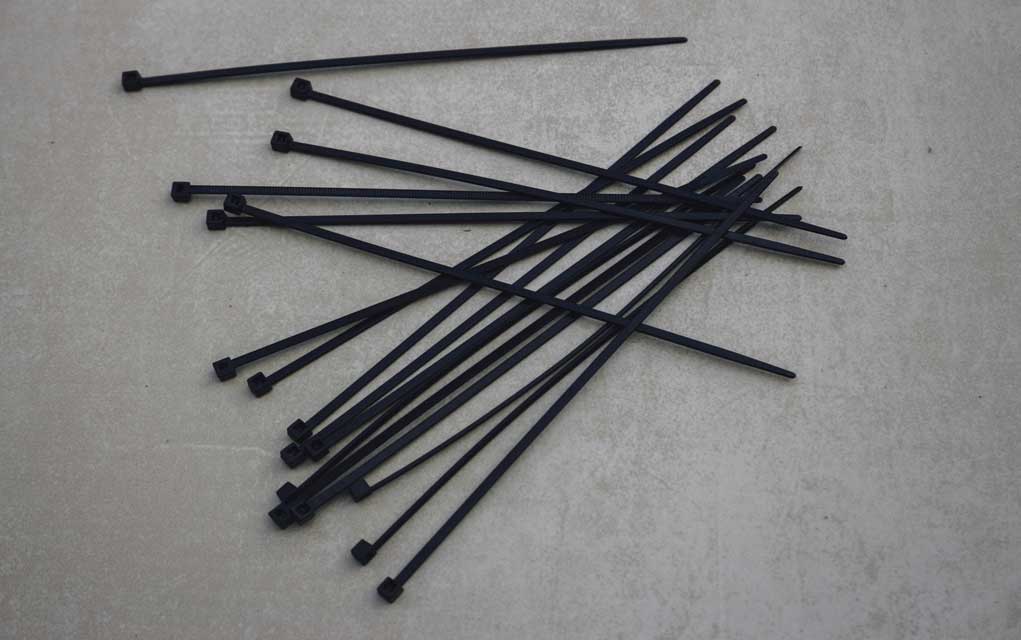(ModernSurvival.org) – With everything going on in the world today, many people are looking at the idea of survival shelters in a new light. Since the cost of pre-built shelters and bunkers often starts in the tens-of-thousands-of-dollars range, most elect to go the do-it-yourself route.
While building a DIY survival shelter is an excellent option for those with the space and the know-how to get it done, there are some common mistakes people make during construction that lead to disaster.
Shipping Containers
Shipping containers have become popular on the secondhand market, available at a relatively low cost. While these make great storage sheds or makeshift hunting lodges, burying them underground isn’t a good idea — as many people have found out the hard way.
The design of these containers enables them to hold extreme amounts of weight. However, they’re built for all that weight to sit on the corners. When buried, the dirt along the sides and top of the container adds pressure on areas that aren’t designed to hold it, leading to collapse. Essentially, what was meant to be a survival bunker suddenly becomes a grave.
With the proper construction and reinforcement, shipping containers will work underground, but to do it right is costly.
Overlooking Threats
Even if one takes the time to build a proper survival shelter, they often overlook simple threats during construction. For a bunker, are the air vents inaccessible? All that time and money will be for naught if a desperate invader can simply hook up a hose from the exhaust pipe on a car to the air vent, poisoning everyone inside. Even a hose attached to a water source will prove deadly if it can flood the bunker.
For above-ground shelters, are they designed to withstand the weather, up to and including natural disasters? Nature isn’t going to stop operating because humankind is in turmoil.
Another major threat that often gets overlooked is the entrance and exit of the shelter, above or below ground. Just because the family has bugged in doesn’t mean they will stay safe there. A time may come when escape is necessary. If there’s only one entrance to the shelter, it may become a fatal funnel.
Additionally, a second exit won’t do much good if it’s close to the first. If a group of angry raiders is attacking, retreating from a backdoor isn’t going to help if they can see the doors open. The best-case scenario is to have a tunnel that leaves the immediate area to a more secluded and less visible location.
Not Testing the Shelter
Having a survival shelter is excellent. It provides a leg-up on the rest of the population when mass destruction occurs. However, living in a cramped environment for long periods won’t be fun. There won’t be anywhere to escape the family after a squabble, and privacy will be a thing of the past.
This is why everyone should practice living in their survival shelter from time to time. Run a practice drill and seal the doors for a set period of time, then determine what adjustments need to be made for everyone’s sanity and survival.
From civil unrest to natural disasters, a well-planned and constructed survival shelter is a life-saving asset. With that said, to make it the most effective, one needs to keep its existence a secret. To see how to create an ‘invisible’ shelter, take a look at our article here.
~Here’s to Your Survival!
Copyright 2023, ModernSurvival.org













